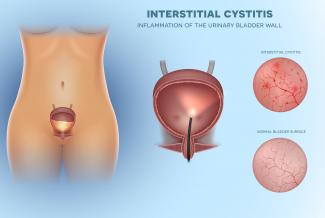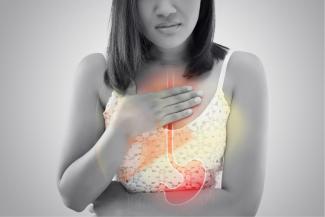Circulatory failure, especially with low systemic vascular resistance (SVR), as observed in septic shock, thyrotoxicosis, and anemia, is a particular pattern that should suggest thiamine (vitamin B1) deficiency. The clinical picture of wet beriberi secondary to thiamine deficiency only demonstrates non-specific clinical manifestations. This article presents a rare case of wet beriberi associated with multiple organ failure (MOF) in a prison patient with years of heavy alcohol consumption (1). The patient started treatment with thiamine (100 mg) by intramuscular injection, together with basic supportive care. The outcomes were that the hemodynamic indices improved within 12 hours after thiamine administration. Echocardiographic examinations revealed right ventricular function improvement within a few days, which were normal within a month. The authors conclude a diagnosis of wet beriberi should be considered for a prison patient who has unexplained heart failure, lactic acidosis, and/or MOF. Moreover, the patient should be empirically given thiamine administration without delay.
References
(1) Lei Y, et al. Wet beriberi with multiple organ failure remarkably reversed by thiamine administration: A case report and literature review. Medicine (Baltimore). 2018;97(9):e0010.











